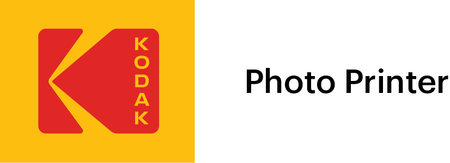Click, click, and click some more! That's a sound we've all become accustomed to. Taking images of what we do, no matter what? Where are we now is always documented in photographs. We use these images to capture the world around us and to keep these memories with us. Instant photos have been a trend for a while now.
Adjust the lighting, lock your focus, press the button, and you'll have the photo in your hand in less than a minute. We can all agree that instant cameras have been popular for a long time, whether it's for taking aesthetic images with friends or capturing your child's first steps. There's no disputing that instant cameras have been popular, but did you know that the first instant camera was released in 1948?
The instant camera's origins may be traced back to the 1940s, when Edwin Land, a scientist and investor, was on vacation and wanted to take a photograph of his three-year-old daughter. The daughter inquired as to why she couldn't see the photo immediately. This gave him the idea and in November of 1948, he released the first-ever instant camera model, the 95 Land Camera, the world's first instant camera.
Between 1963 and 1969, Kodak manufactured negative components for instant cameras. Kodak's initial intention was to develop pack film-style instant items, and the business had created numerous prototypes and conducted experiments. After that, the company opted to focus on an integral sort of process rather than releasing a pack film.
Then, in 1976, Kodak introduced the world to its first instant camera. EK4 was the first to be launched, followed by EK6, which was also issued in 1976, and EK8, which was released the following year. Kodak also released a series of films known as Kodak Instant. This was an instant success since in 1976, Kodak dominated the market, selling 90% of photographic film and 85% of cameras in the United States. It was also during this time that photography as a career was growing. Kodak's instant cameras were simple to operate, and the cost of the Kodak Instant was within many people's budgets, thus it was a big success.
The Kodak Instant EK4 is a relatively early model in the line. It had a hand crank for ejecting the camera's photos. A 6V flat J-sized battery is used to power it. The lens on the EK4 has markings in both meters and feet around it. The exposure and focus control is done with sliders on the camera's face. The lens indicator was located matching to distance markers by sliding the focus control.
The EK6 was released in 1976, the same year as the EK4. The model EK6 was similar to the model EK4, but with one minor difference: instead of a hand crank, the EK6 used an electrical film ejection system. Two 6v J / 4LR61 batteries were used to power EK6. Kodak PR10 / PR144 instant film was used. Both the EK4 and EK6 models were succeeded by the EK8. The Kodak EK8 had a focusable lens and an improved optical viewfinder. PR10 instant print film was required for EK8.
In the following years, instant camera types appeared, and Kodak solely used its pack films for the cameras it had created. In the years that followed, EK2/ The Handel, EK160, colour burst 200, and others were released. Kodak had created a unique premium edition of Kodak's The Handle named "Happy Times" in partnership with Coca-Cola.
Kodak has continued to create instant cameras in recent years, including the Kodak Mini Shot and Kodak STEP. Instant cameras are always in demand because they never go out of style.
The History of Instant Cameras
Posted by Kodak Photo Printer

